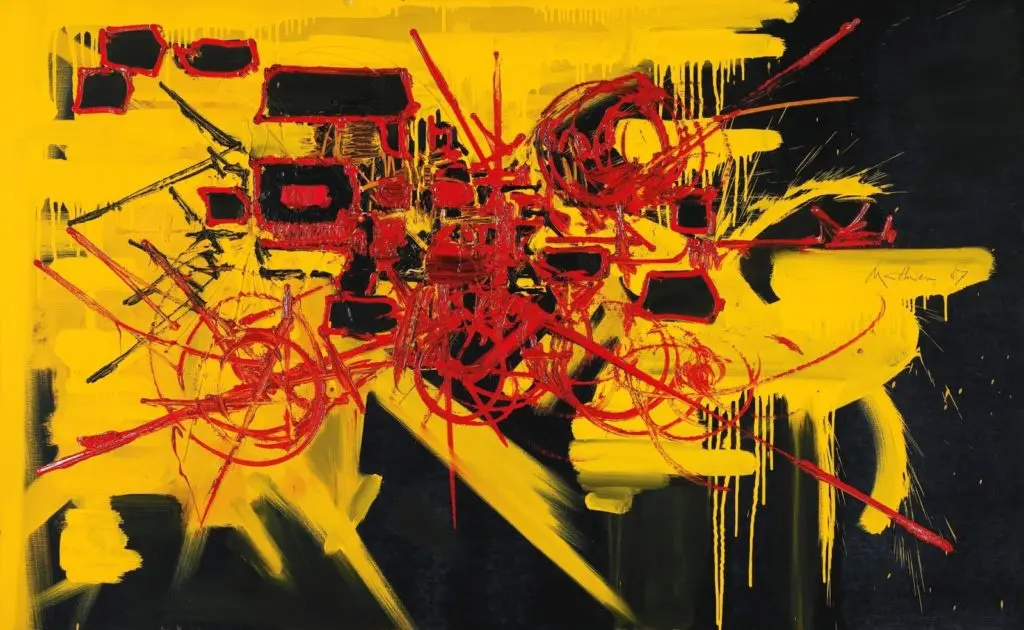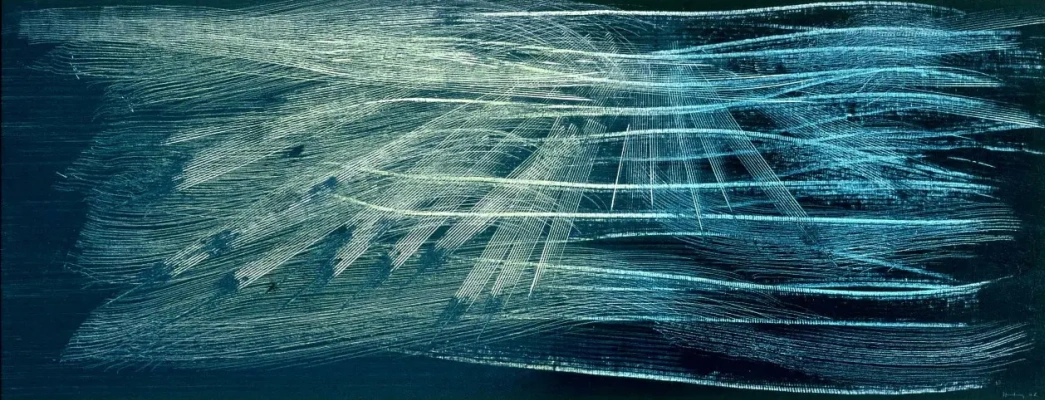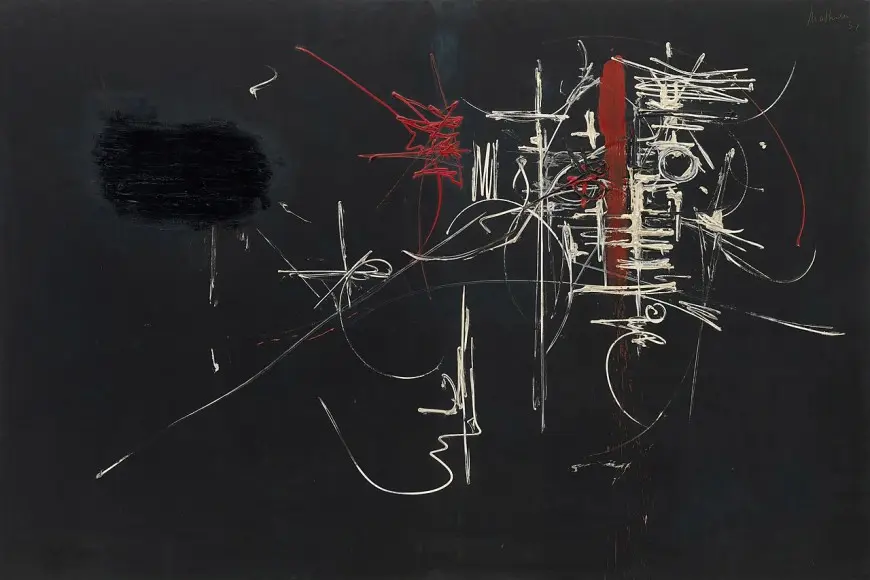Tachisme in its modern meaning arose in the 1950s in France. The style got its name from the French word "tache" meaning "a spot". Tachisme became part of the more widespread French post-war trend in painting, which was known as informalism (fr. art informel). The artists of this style abandoned geometric abstraction in favour of an intuitive, instinctive form of self-expression through arbitrary abstract spot-like or line-like brushstrokes.

Within tachisme, two main directions can be distinguished. The first one is abstract impressionism
, an imaginative drawing technique when paint is applied in coloured strokes or small touches with a brush. The second one is lyrical abstraction, a non-figurative drawing technique, which is characterized by colourful splashes and drops.

The term "tachisme" was first used about 1880 to define a variation of pointillism.
Much later, in 1951, the word "tachisme" was first used by the art critic Pierre Gueguen, rather in a derogatory sense. However, a year later, another French art critic, Michel Tapié, used this term in his book "Un art autre" to refer the gestural aspect of the informal art technique, equivalent to Jackson Pollock’s methods.
Much later, in 1951, the word "tachisme" was first used by the art critic Pierre Gueguen, rather in a derogatory sense. However, a year later, another French art critic, Michel Tapié, used this term in his book "Un art autre" to refer the gestural aspect of the informal art technique, equivalent to Jackson Pollock’s methods.
Letter to my Son
1957, 130×195.5 cm
Tachisme was a reaction to the principles of cubism and geometric abstraction. The paintings executed in this style contain colour spots arising from the splashes created with a brush, or spontaneous streams of paint on a canvas placed by the artist vertically or horizontally. Artists also applied drip methods using perforated containers (like Jackson Pollock) or poured paint directly from the tube (like Georges Mathieu). Some use calligraphy elements, some complement abstraction with finger strokes. In any case, tachisme opposed European abstract painting of the 1940s and 1950s, which rejected the figurative content, but usually remained true to the classical values of composition.

Georges Mathieu. The picture of 1952 © 2018
Artists Rights Society (ARS), New York / ADAGP,
Paris
Artists Rights Society (ARS), New York / ADAGP,
Paris
The founder of tachisme is believed to be the German artist and photographer Wols. His first exhibition of non-figurative painting was held in 1947, in the Paris gallery of René Drouin and was a great success. Wols experimented a lot, worked in large colour strokes, with drops and scratches, later he began to use reliefs; he exhibited some works in illuminated boxes. The artist was inspired by Paul Klee and Otto Dix. Note that Wols did not have an art education, and his friends Jean-Paul Sartre and Simone de Beauvoir influenced his philosophical views, which he tried to express through painting. By the will of fate, Wols died in 1951, just when the tachisme was only gaining strength.

Wols. It’s All Over The City. 1947
The artists working in the tachisme style are guided by intuition and spontaneity, their works completely don’t have any material visual component.
They burst onto the canvases their impressions, emotions, unconscious activity, refracting them through colour spots shaped by the momentary impulse.
Painting such a picture is a kind of mental improvisation.
They burst onto the canvases their impressions, emotions, unconscious activity, refracting them through colour spots shaped by the momentary impulse.
Painting such a picture is a kind of mental improvisation.
Untitled (Black and Blue)
1973, 75.1×54.6 cm













